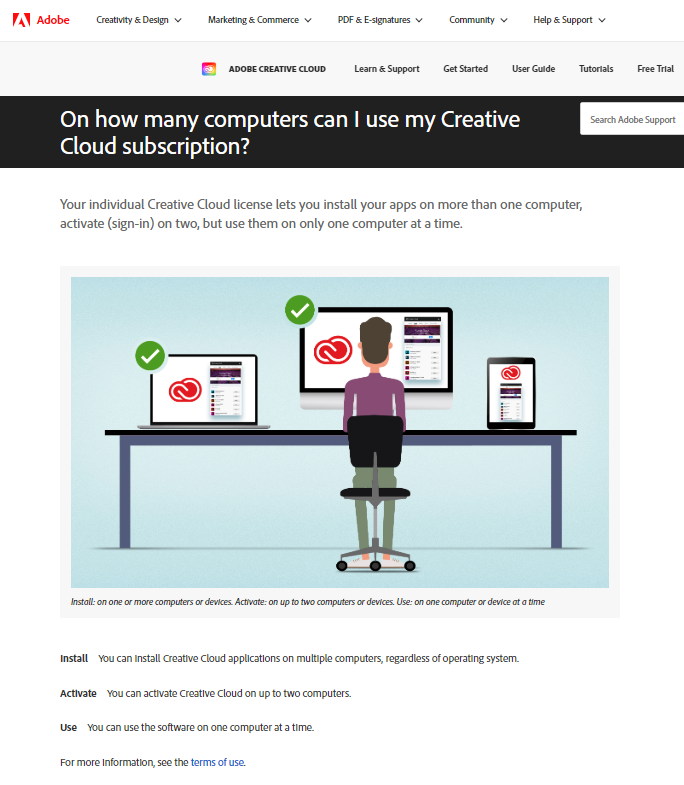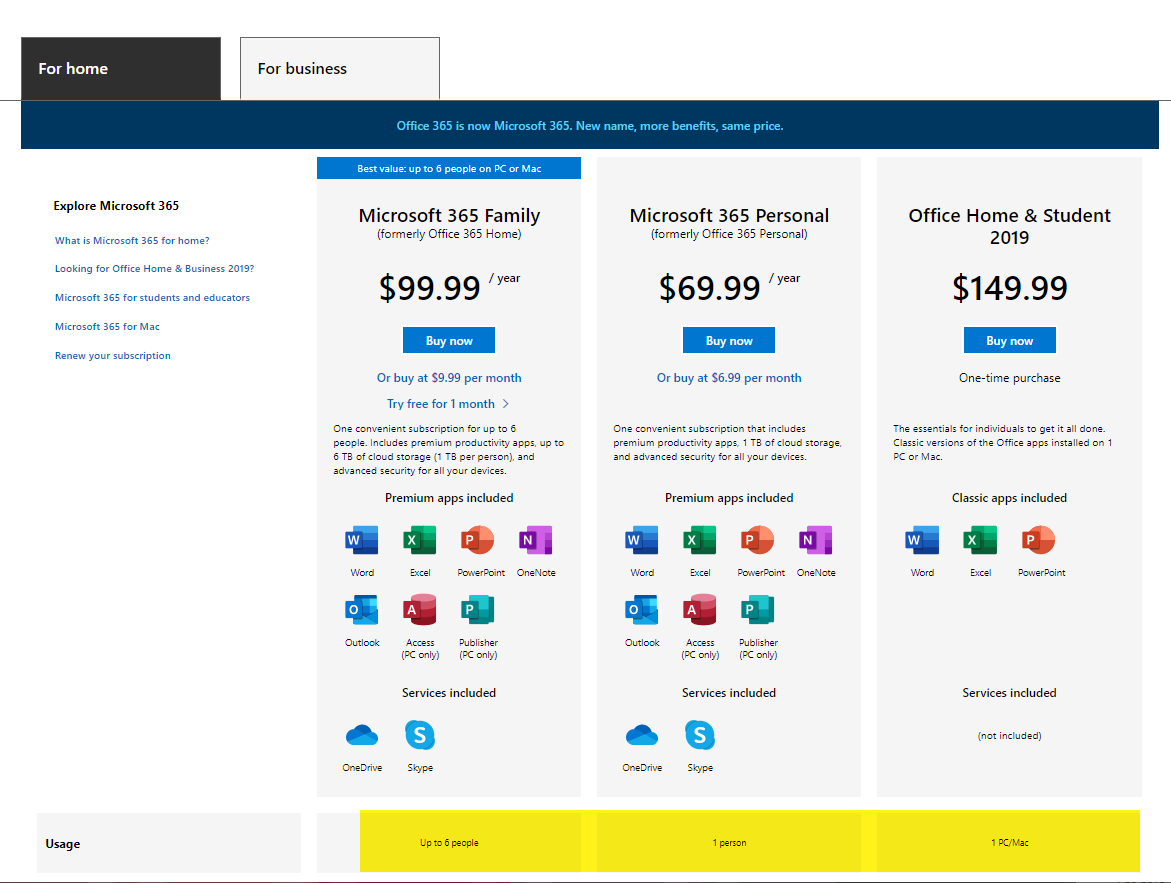3 Ways to Purchase Software & Why The Differences Matter
Early purchases of technology software included a license, an install cd (well, floppy's in the really early days), and a manual. Since then, many things about purchasing software have changed. This includes the way software is distributed - often via downloads, the way you learn how to use the software - through support portals, and especially how the licensing works - annual renewals versus one-time purchases.
This post discusses the three main ways to purchase software, explaining how the licensing differs, and why that should matter to you.
The three main ways to purchase software are:
- One-time purchases
- Cloud-based purchases with auto-renewals
- Proprietary software
3 Ways to Purchase Software & Why The Differences Matter
Purchasing software is so common we often do not think to question much about the process. As long as the application meets our needs and the price is reasonable, it is easy to purchase without much thought beyond getting to work. Unfortunately, approaching a software purchase this way can be far more costly than we think.
The three main types of software purchases are explained in detail below so you can make the best, well-informed choice the next time you need to buy software.
One-time purchases
Early on, one-time purchases were about the only way to get software applications. Purchasing an application this way means you install the software on your local computer and can get away with not upgrading for years to come. If something happens, you can use the original install disk and license keys to run through the install process again without any issues.
Over time this process has changed some. Most one-time purchases require registering the software during or post install. This includes an email address, the license info and often information about the computer as well. Now if you buy software as a one-time purchase, it is important to note there are three possible versions you can be buying and they are vastly different.
- One license - a single license means you have one license that can be installed on a device. If the device fails or is updated, you can install the software using the license again, as long as it is only the one installation. When doing this, it is best to uninstall from the original location first whenever possible.
Example: QuickBooks - One device - a license for one device means you can install the application on a single device only. If that device ever fails, is stolen or replaced, you must purchase a new license.
Example: Microsoft Office one-time purchase - Multi-device, single user - a multi-device, single user license is one that allows you to install the software on multiple devices, but for the same user. This license cannot be used by multiple devices simultaneously.
Example: Adobe Suite

Not all companies provide each of their applications in each format, and often you are provided with only a single option. However, it is in your best interest to understand how each type works and how they can impact your current and future financial means. For example, Intuit QuickBooks locally installed application and TechSmith's Snagit and Camtasia applications are user friendly from the perspective that they can be downloaded onto a new device with the existing license without incurring any additional costs, if a device is replaced.
The pros: Purchasing applications as a one-time cost has become less common and more difficult to find. Over the long term, purchasing this way is often cheaper and why it can be preferred. However, if a machine dies suddenly, is lost or otherwise rendered unusable, the single device version of this license can be more costly.
The cons: Applications purchased with a one-time payment do not include updates. Over time, the software can become outdated, whereas cloud-based purchases with auto-renewals built-in, include smaller revisions as well as larger upgrades.
Cloud-based purchases with auto-renewal
Many cloud-based applications, whether installed locally or accessed via a web browser, renew automatically every year and automatically include updates. Applications purchased this way are usually cheaper than when purchased outright and have predictable renewal costs. Some examples are:
- Productivity applications like Microsoft 365 Business Basic (domain based email previously called O365 Business Essentials)
- Accounting software like Quickbooks (online version)
- Hootsuite
- CRM software like Active Campaign
- Specialty software like Adobe Creative Suite
- Many, many more!
The pros: Initial investment is lower than buying the software outright. Renewal costs rarely vary year to year. Upgrades and revisions are usually included with the subscription. You can install on a new computer if anything changes with your current setup. Many offer the ability to install on multiple devices using the same license.
The cons: You have to renew every year or the software stops working.

Proprietary software
In this example we use the term "proprietary software" to mean specialty software for niche markets. These can be hard to find alternatives to, and help is often only available with their own internal support team. These types of software applications often come with licensing that is far more restricted. Some require continual support contracts while others do not. Be sure to ask about this if shopping for a niche application that meets your unique business needs.
For example, in one particular instance, SiteLink, a locally installed storage facility management application, required an active support contract be in place before all the plugins would work properly after moving the software from one device to another. The support contract cost in this instance was $800 for one year, though the changes necessary to make the application work on the new device took less than fifteen minutes.
If you are thinking of purchasing a niche application for your business, or are considering starting a business that would require niche software, be sure to inquire what you can expect if you need to replace a device, both with and without a support contract. Knowing the answers to these questions ahead of time will save you time, frustration, and hopefully money!
There are three main ways to purchase software: one-time purchases, cloud-based with auto-renewals and proprietary software. Within these categories there are several distinct differences in how the software can be used, deployed, and updated. Understanding the basics of the three main types is helpful when looking for new software. If you plan to purchase new software, be sure to ask questions so you are prepared if you ever need to replace the device it is installed on.
As always, knowing what to ask can often save valuable time and increase savings!

